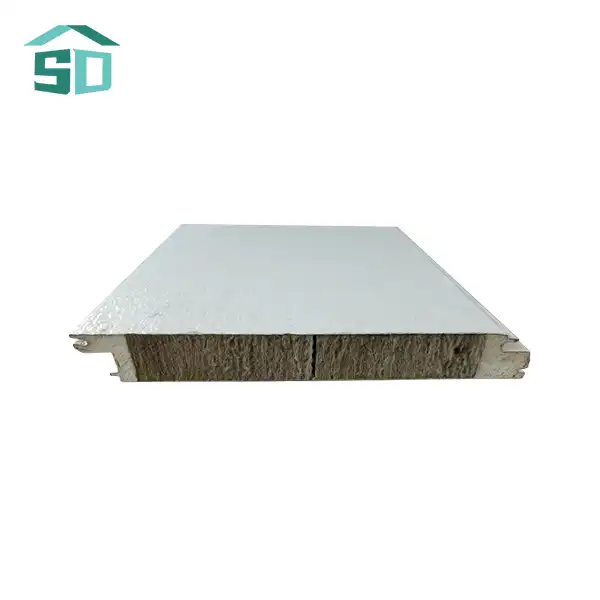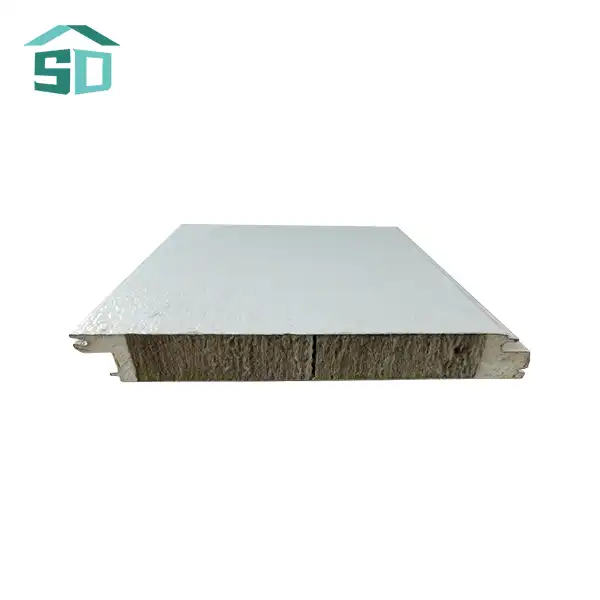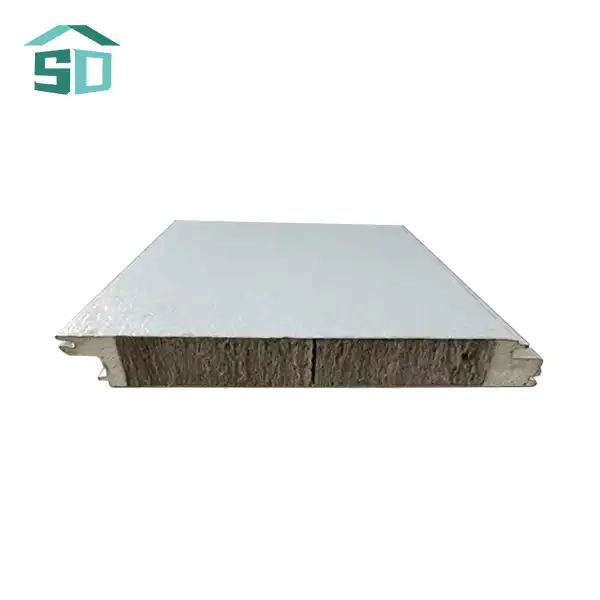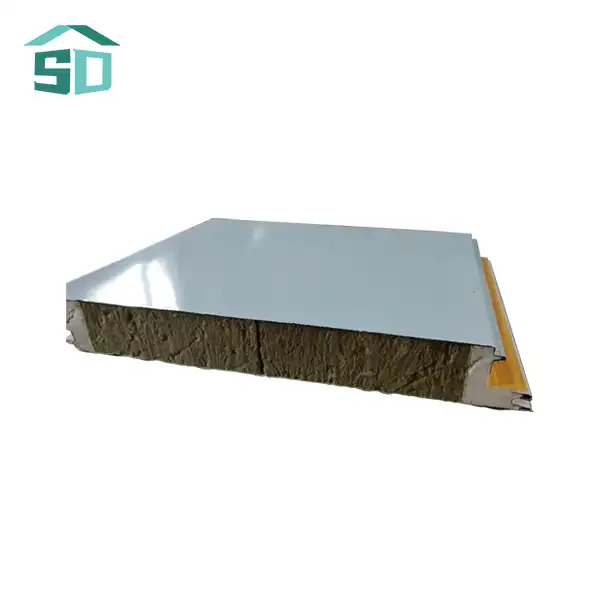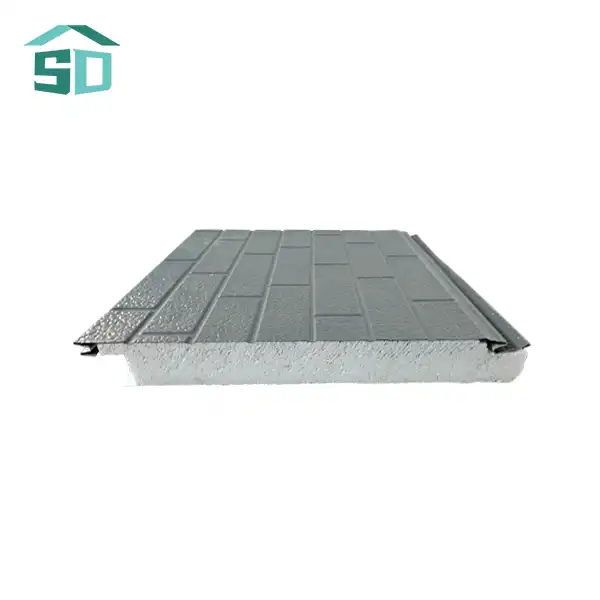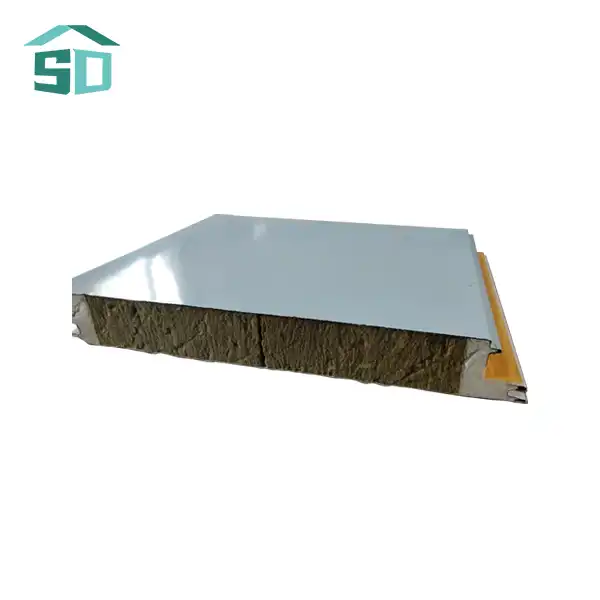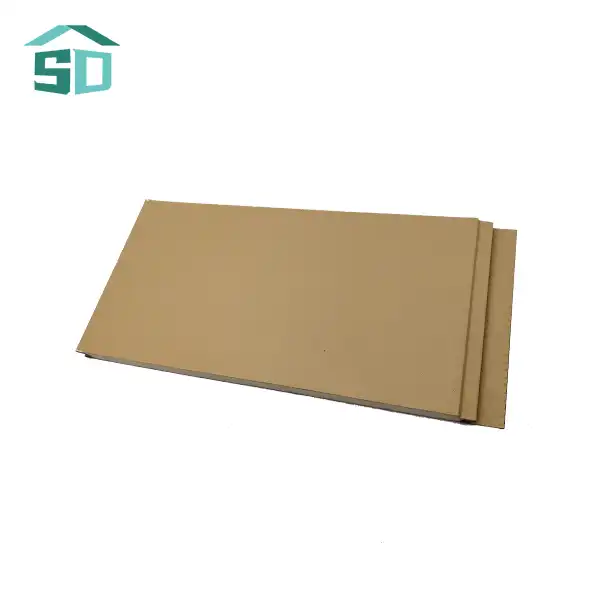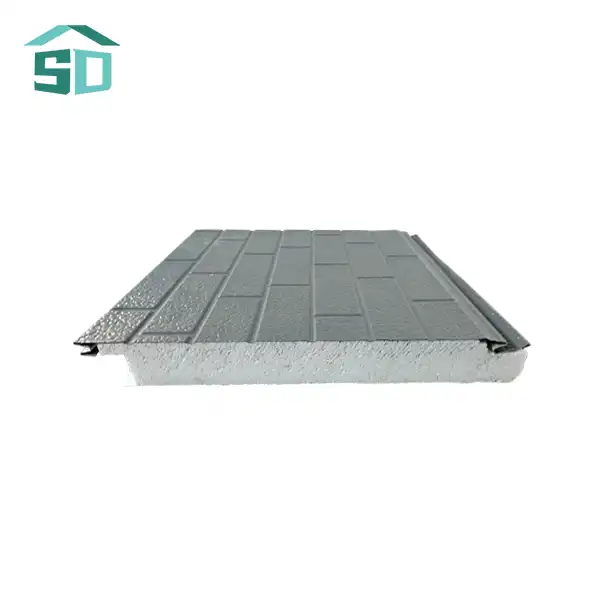Understanding Wall Cladding: Function and Benefits
Divider cladding serves as the to begin with line of defense for a building's outside, advertising both security and tasteful esteem. Cutting edge divider cladding boards are built to give prevalent solidness and climate resistance, making them an irreplaceable component in modern design. These boards come in an assortment of materials, counting aluminum, steel, stainless steel, and copper, each advertising special properties suited for diverse natural conditions and plan inclinations.
One of the primary advantages of wall cladding is its ability to shield the building structure from harsh weather elements. High-quality cladding panels are designed to be UV-resistant, corrosion-resistant, and capable of withstanding extreme temperatures. This protective layer significantly extends the lifespan of the building by preventing moisture infiltration and reducing the impact of thermal expansion and contraction.
Beyond protection, wall cladding panels offer remarkable aesthetic versatility. Available in a wide range of colors, finishes, and textures, these panels allow architects and designers to create visually striking facades that can dramatically enhance a building's curb appeal. From sleek, modern designs to more traditional appearances, cladding can be customized to suit any architectural style or brand identity.
Energy Efficiency and Insulation Properties
Cutting edge divider cladding frameworks are not fair around security and aesthetics; they play a pivotal part in progressing a building's vitality effectiveness. Numerous cladding boards join progressed separator materials such as polyurethane, polystyrene, or shake fleece. These protection layers offer assistance keep up comfortable indoor temperatures year-round, decreasing the stack on warming and cooling frameworks and subsequently bringing down vitality utilization.
The thermal insulation properties of wall cladding panels contribute significantly to a building's overall energy performance. By creating an effective thermal barrier, these panels help prevent heat loss in winter and heat gain in summer, leading to more stable indoor temperatures and reduced energy costs. This energy-saving aspect makes wall cladding an attractive option for both new constructions and retrofitting projects aiming to improve sustainability and reduce carbon footprint.
Wall Lining: Enhancing Interior Spaces
Whereas divider cladding centers on outside security, divider lining is all around progressing the insides environment of a building. Divider linings serve numerous purposes, counting upgrading cover, making strides acoustics, and giving a smooth, tastefully satisfying surface for insides dividers. These linings can be made from different materials such as gypsum board, wood boards, or fabric-covered acoustic boards, each advertising distinctive benefits and plan conceivable outcomes.
One of the primary functions of wall lining is to improve the thermal and acoustic insulation of interior spaces. By adding an extra layer to the walls, linings can significantly reduce heat transfer and sound transmission between rooms or from the outside. This is particularly beneficial in residential buildings, offices, and educational institutions where maintaining a comfortable and quiet environment is crucial.
From a design perspective, wall linings offer endless possibilities for customizing interior spaces. They can be used to create smooth, seamless surfaces, hide imperfections in the underlying wall structure, or add texture and visual interest to a room. With options ranging from simple painted surfaces to elaborate decorative panels, wall linings play a vital role in defining the character and ambiance of interior spaces.
Installation and Maintenance Considerations
The establishment handle for divider linings is ordinarily less complex than that of outside cladding. Most insides lining frameworks are planned for simple establishment, regularly utilizing clip-in or cement strategies that do not require specialized devices or abilities. This ease of establishment makes divider linings a well known choice for redesign ventures or speedy insides overhauls.
Maintenance of wall linings is generally straightforward, involving regular cleaning and occasional touch-ups or replacements as needed. Unlike exterior cladding, interior linings are not exposed to harsh weather conditions, which helps in maintaining their appearance and functionality over time. However, it's important to choose appropriate materials for specific areas, such as moisture-resistant panels for bathrooms or kitchens, to ensure longevity and performance.
Choosing Between Wall Cladding and Wall Lining
The decision between wall cladding and wall lining depends on various factors, including the specific needs of the project, budget considerations, and desired outcomes. For exterior applications, wall cladding panels are the clear choice, offering superior weather protection, energy efficiency, and aesthetic versatility. These panels are particularly suitable for commercial buildings, high-rise structures, and residential properties in areas with challenging weather conditions.
Wall cladding panels come in various thicknesses, typically ranging from 40mm to 75mm, with custom options available. The choice of thickness depends on the required insulation properties and the specific environmental challenges the building faces. Thicker panels generally offer better insulation and durability but may come at a higher cost.
For interior applications, wall linings provide the flexibility to create comfortable, aesthetically pleasing spaces while improving insulation and acoustics. They are ideal for residential interiors, office spaces, and public buildings where creating a specific ambiance or improving sound quality is important.
Sustainability and Environmental Considerations
In today's environmentally conscious construction industry, both wall cladding and wall lining materials are being developed with sustainability in mind. Many manufacturers now offer eco-friendly options made from recycled materials or sustainably sourced resources. For example, some wall cladding panels incorporate recycled aluminum or steel, while certain wall linings use reclaimed wood or recycled gypsum.
When choosing between cladding and lining, it's important to consider the long-term environmental impact. High-quality wall cladding panels, while potentially more expensive initially, can significantly improve a building's energy efficiency and reduce its carbon footprint over time. Similarly, selecting wall linings with good insulation properties can contribute to energy savings in heating and cooling.
Both divider cladding and divider lining play vital parts in cutting edge development, each serving particular purposes in making utilitarian, effective, and tastefully satisfying buildings. Understanding the contrasts and benefits of each can offer assistance modelers, builders, and property proprietors make educated choices that improve both the execution and offer of their structures.
Conclusion
The choice between wall cladding and wall lining ultimately depends on the specific requirements of your project. Wall cladding panels offer superior protection and energy efficiency for exterior applications, while wall linings enhance interior comfort and aesthetics. By carefully considering factors such as durability, insulation properties, and design flexibility, you can select the best solution for your building needs.
For expert advice on wall cladding panels and other exterior building solutions, don't hesitate to reach out to Weifang Sandong Building Materials Co., Ltd. at info@sdqsc.com. Our team of specialists is ready to help you find the perfect cladding solution for your next project, ensuring durability, energy efficiency, and stunning visual appeal.
